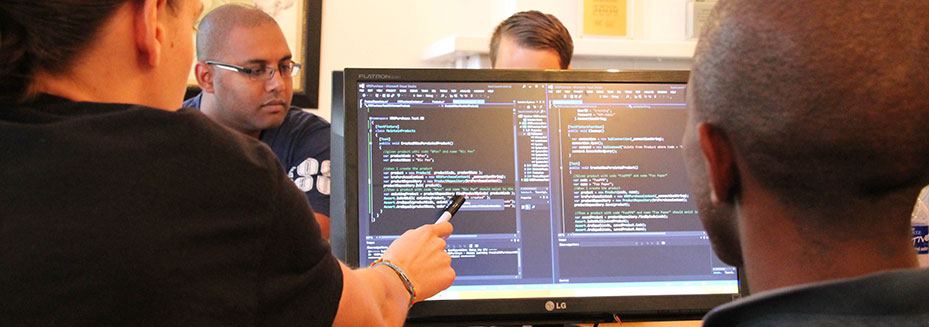If your fiscal year end is December, June is the deadline to claim any SR&ED eligible expenditures incurred in 2012, which less than 2 months away. A crucial part of a successful claim is maintaining contemporaneous documentation of your activities and ensuring you have it ready to go. This is something many companies ignore altogether and it ends up hurting them.
Contemporaneous what? It’s okay, we’re here to explain.
Contemporaneous is defined as “existing, occurring, or originating during the same time period.” For SR&ED claims, contemporaneous documentation is key. You must document your research, developments, and challenges throughout the project to support your claim. The bigger the claim, the more documentation you are going to want to have, especially if you’re ever selected for a CRA Review.
Being ‘contemporaneous’ probably seems simple and straightforward, but is can be difficult for some teams to stay on top of. It is much more time consuming to piece project documentation together after the fact and some teams may even miss their deadlines altogether because they just didn’t have the time to go digging for information.
Here are 5 ways to help you stay on top of your contemporaneous documentation to make your next SR&ED claim deadline efficient:
1. Use a project management system
These are not only used to track your tasks but can also capture time and challenges. You’ve probably already heard about BaseCamp, JIRA, and Asana (And there’s always Excel). Here are a few more tools that we’ve heard great things about:
[list list_style=”darkGrayDot”]
[/list]
2. Track 100% of your time and by activity
Many teams we’ve worked with have a solid grasp on how much time they spent on a project and understand that they must track 100% of their time. We recommend taking that a step further and tracking time by SR&ED-eligible activity. We recommend setting up the following time-tracking activities:
[list list_style=”darkGrayDot”]
- Development
- Testing
- Project Management
- Technical Analysis
- Technical Requirements
[/list]
3. Schedule reminders for yourself and teams to track time and update notes
If your team is having a hard time filling out timesheets on a daily or weekly basis, schedule it in. Pick one day a week and make a conscious effort to track your time. You can also use this time to update project challenges and notes in your project management system or….
Bonus: click here to download this 20-page SR&ED Guide to learn everything you need to know to prepare a successful claim.
4. Discuss project challenges in your weekly scrum meeting
We’re assuming that you meet with your team at least once a week. If so, add a discussion item around challenges and delegate one person to take notes. (Be sure to date them!) You can even use a simple form like the example below:
| Project: | Project X |
| Date: | May 8, 2014 |
| Time Start: | 10:00 am |
| Time End: | 10:25 am |
| Attendees: | Bill, Bob, John |
| Challenges: Please briefly describe the challenges (technological obstacles) faced during the week and briefly summarize what work was done to resolve the challenges. | Testing reported poor performance with over 100 concurrent users. Message passing between component X and component Y took 500ms; the limit is 100ms. To improve performance, developed new message passing mechanism to eliminate need to serialize/deserialize messages. Performance improved to 300ms. Work is ongoing to improve. |
5. Get organized
Organizing documentation is the last thing you want to think of when you start a project. Especially if/when you aren’t sure it’s SR&ED eligible. However, it can save a lot of time.
[list list_style=”darkGrayDot”]
-
Create an internal email label for your project and file emails under it so you can quickly and easily access it. (Or try using a handy communications tool like Slack to get rid of all those back-and-forth emails altogether!)
-
Take pictures of your whiteboard drawings and save them in your project management system (or just in a shared folder for the time being).
-
Save notebooks and flag important pages so you don’t have to comb through pages later. Make sure these pages have dates.
-
For software companies, record notes on the source code itself. Include test results and analysis/conclusions if possible.
[/list]
Being up-to-date with your R&D documentation allows you to quickly take advantage of the 6 month current filing deadline. You know, the one that provides a refundable credit to small Canadian Controlled Private Corporations within 68 days, on average. Start documenting early so you don’t miss an opportune deadline to put money back in your bank account.
[optinform]









